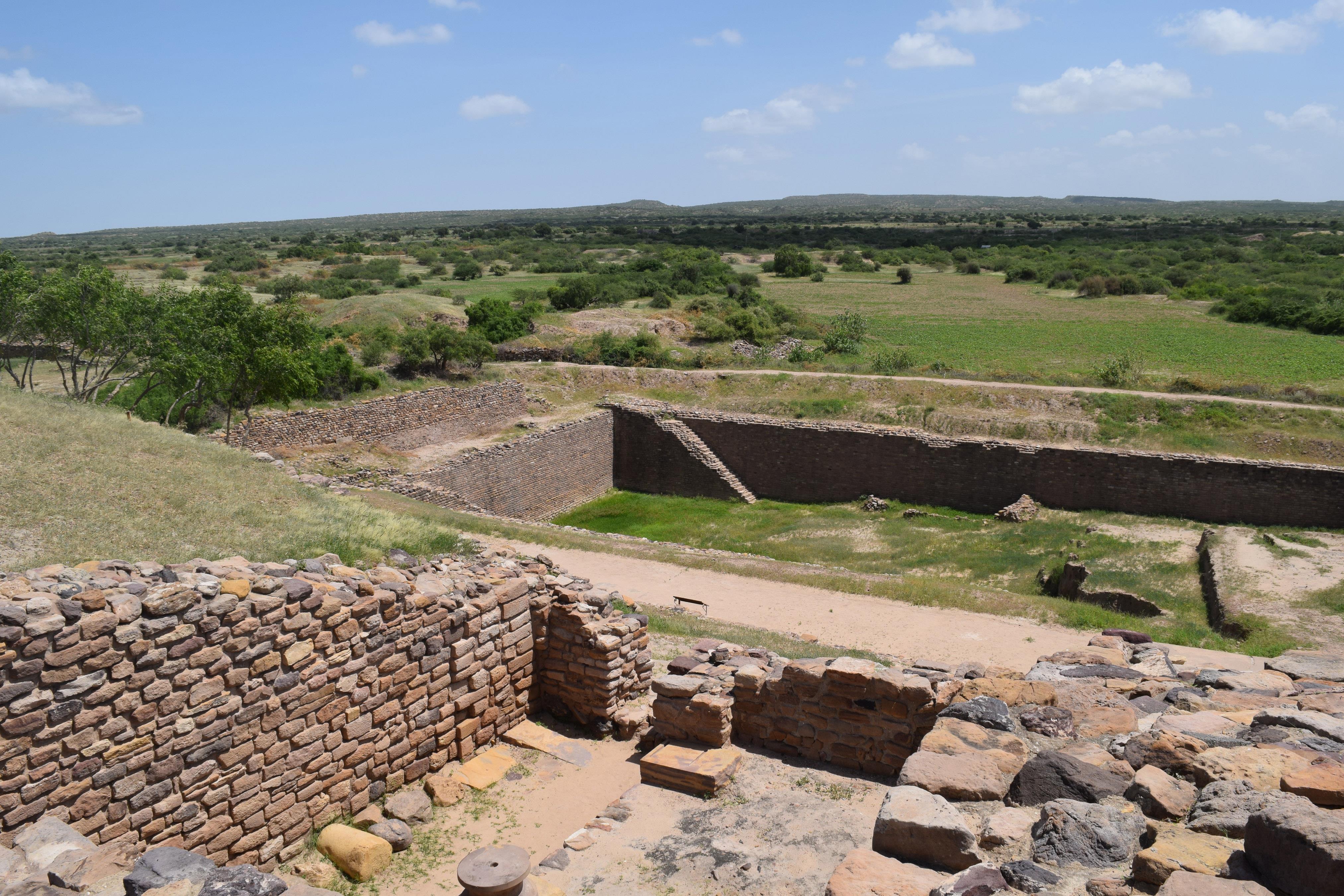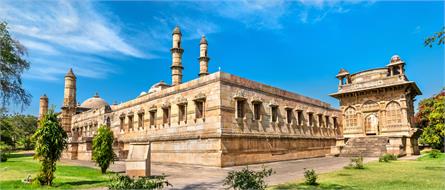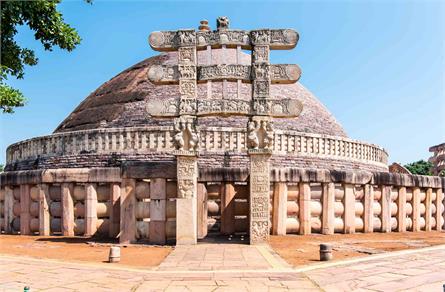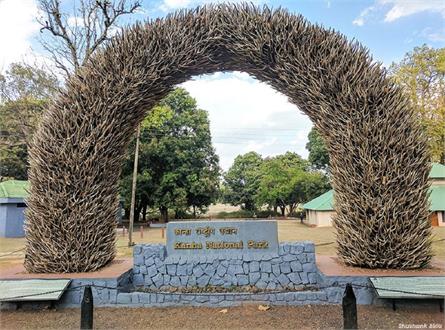Unveil The Secrets of Dholavira & Harappan Sites!
Dholavira | Harappan City | A Journey Into The Past of Gujarat

Dholavira is an ancient city that belongs to the Harappan City, also known as the Indus Valley Civilization, which flourished in South Asia from about 2500 to 1500 BCE. Dholavira is located on an island called Khadir in Gujarat, India. It is one of the best preserved urban settlements from that period, with a fortified city and a cemetery. Dholavira shows the remarkable planning and engineering skills of the Harappans, who built sophisticated water management systems, large public structures, and a unique signboard with inscriptions.
Also Read: UNESCO World Heritage Sites of India
Preservation and UNESCO World Heritage Status
Recognizing the significance of Dholavira, it was recently designated a UNESCO World Heritage Site in 2021, ensuring its preservation for future generations. Today, Dholavira attracts tourists, history enthusiasts, and researchers worldwide. Its well-maintained site and museum offer a unique opportunity to step back in time and explore the wonders of the Indus Valley Civilization.
Also Read: The Enigmatic Ajanta Caves
Historical Background of Dholavira
Dholavira was a large urban centre of the Harappan civilization between 3000 and 1500 BCE. It is also the first Indus Valley Civilization site in India to be put on the UNESCO World Heritage list. Dholavira was a well-planned city with a fortified area, a middle town, a lower town, and a cemetery. It had sophisticated water management systems, public baths, reservoirs, and drainage channels. It also had a unique signboard with ten large symbols made of white stone.
Also Read: Churches and Convents of Goa
The city was divided into three zones: the citadel, the bailey, and the annexe. The citadel consisted of two large enclosures: the castle and the bailey. The castle was the most protected and prestigious area where the rulers and priests lived. The bailey was a residential area for the elite with several public buildings. The annexe was a large open area with several structures that served various purposes, such as workshops, storage, and religious activities.
Dholavira was an important centre of trade and commerce in the region. It had contacts with other Harappan cities and foreign lands such as Mesopotamia, Oman, Bahrain, and Dilmun. It produced various goods such as pottery, beads, seals, copper tools, ivory, shells, and stone objects. It also had a rich cultural and religious life, as evidenced by the presence of fire altars, terracotta figurines, painted pottery, and ritual objects.
Also Read: Chhatrapati Shivaji Terminus
Dholavira declined around 1500 BCE, along with the rest of the Harappan civilization. The reasons for its decline are unclear, but some possible factors are climate change, environmental degradation, social unrest, or invasion by nomadic tribes. The site was abandoned by 1450 BCE and remained uninhabited until the early historic period.
Archaeological Discovery
The Harappan city was one of the major urban centers of the Indus Valley Civilization, which flourished in the third millennium BCE. The city was located on the banks of the Ravi River in present-day Pakistan and was first discovered in 1826 by British explorers. However, it was not until 1920 that systematic excavations began under the Archaeological Survey of India, led by Daya Ram Sahni.
The excavations revealed a well-planned city with brick houses, drainage systems, granaries, public baths, and a large citadel. The city also had a distinctive script, which remains undeciphered. The Harappan city was part of a complex network of trade and culture that extended from Afghanistan to Gujarat. The Harappan city is a remarkable example of ancient urbanism and civilization in South Asia.
Also Read: Agra Fort
Layout and Planning
One of the most intriguing aspects of Dholavira is its meticulous urban planning. The hierarchical layout is indicative of a highly organized society with clear divisions of social and administrative functions. The division system of the system given below-
1. The Citadel
At the heart of Dholavira lies the citadel, a fortified complex perched atop a high mound. This citadel housed the ruling elite and likely served as the administrative and religious center of the city. The citadel is surrounded by massive stone walls, indicating the importance of security.
2. The Middle Town
Situated just below the citadel is the middle town, a well-structured residential area characterized by well-laid-out streets and lanes. The houses here are made of mud bricks and are equipped with sophisticated drainage systems, underlining the city's advanced urban planning.
Also Read: Champaner-Pavagadh Archeological Park
3. The Lower Town
The lower town, sprawling around the middle town, was primarily a residential area for the common people. Here, you can find a variety of dwellings, some larger and more elaborate than others, suggesting a degree of social stratification.
Hydraulic Engineering Marvels
One of the most astonishing aspects of Dholavira is its advanced hydraulic engineering, which enabled the city to thrive in a semi-arid region. The city boasts an intricate system of reservoirs, channels, and tanks designed to capture and store rainwater.
1. The Great Reservoir
Dholavira's success was not solely due to its urban planning but also its advanced water management systems. The city relied on a complex network of reservoirs, channels, and dams to store and distribute water. This innovative approach to water conservation allowed Dholavira to flourish in an arid environment.
The centerpiece of Dholavira's water management system is the "Great Reservoir," a massive structure measuring approximately 73 meters in length and 29 meters in width. It was designed to store rainwater for the city's inhabitants during the dry months. The reservoir had a complex inlet-outlet system to control water flow, with sluice gates and a spillway.
2. Other Reservoirs
Besides the Great Reservoir, Dholavira has several smaller reservoirs, which were strategically located throughout the city. These smaller reservoirs helped in distributing water to different parts of the city, ensuring a steady supply for both domestic and agricultural use.
3. Rock-Cut Channels
The city also features a network of rock-cut channels and underground drains. These channels diverted rainwater from the citadel and other high areas down to the reservoirs and prevented flooding during heavy rainfall.
Historical Significance
Dholavira is a city of the Harappan Civilization, one of the oldest urban cultures in the world. Dholavira shows the remarkable planning, architecture, and art of the Harappans. It also has the oldest signboard with Indus script and a large water management system. Dholavira reveals the history and culture of a 4500-year-old civilization.
Cultural Significance
Dholavira's archaeological finds shed light on the culture and lifestyle of the Harappan people. The artifacts and structures unearthed at the site reveal a sophisticated society with a deep appreciation for urban planning, architecture, and art.
Also Read: Buddhist Monuments at Sanchi
1. Seals and Inscriptions
As in other Harappan sites, seals with intricate designs and inscriptions have been discovered at Dholavira. These seals likely served administrative or religious purposes, and the inscriptions, though yet to be deciphered, offer valuable clues about the ancient script and language used in the Indus Valley Civilization.
2. Pottery and Artifacts
Dholavira's excavation has yielded a plethora of pottery and artifacts, including pottery with distinct geometric patterns, beads, terracotta figurines, and tools made from stone and metal. These artifacts provide insights into the craftsmanship and daily life of the Harappan people.
3. Unique Significance
Dholavira stands out among Harappan sites due to its unique features, such as the enigmatic signboard discovered at the citadel's entrance. This signboard, adorned with yet undeciphered symbols, remains a subject of intense research and debate, adding to the site's mystique.















